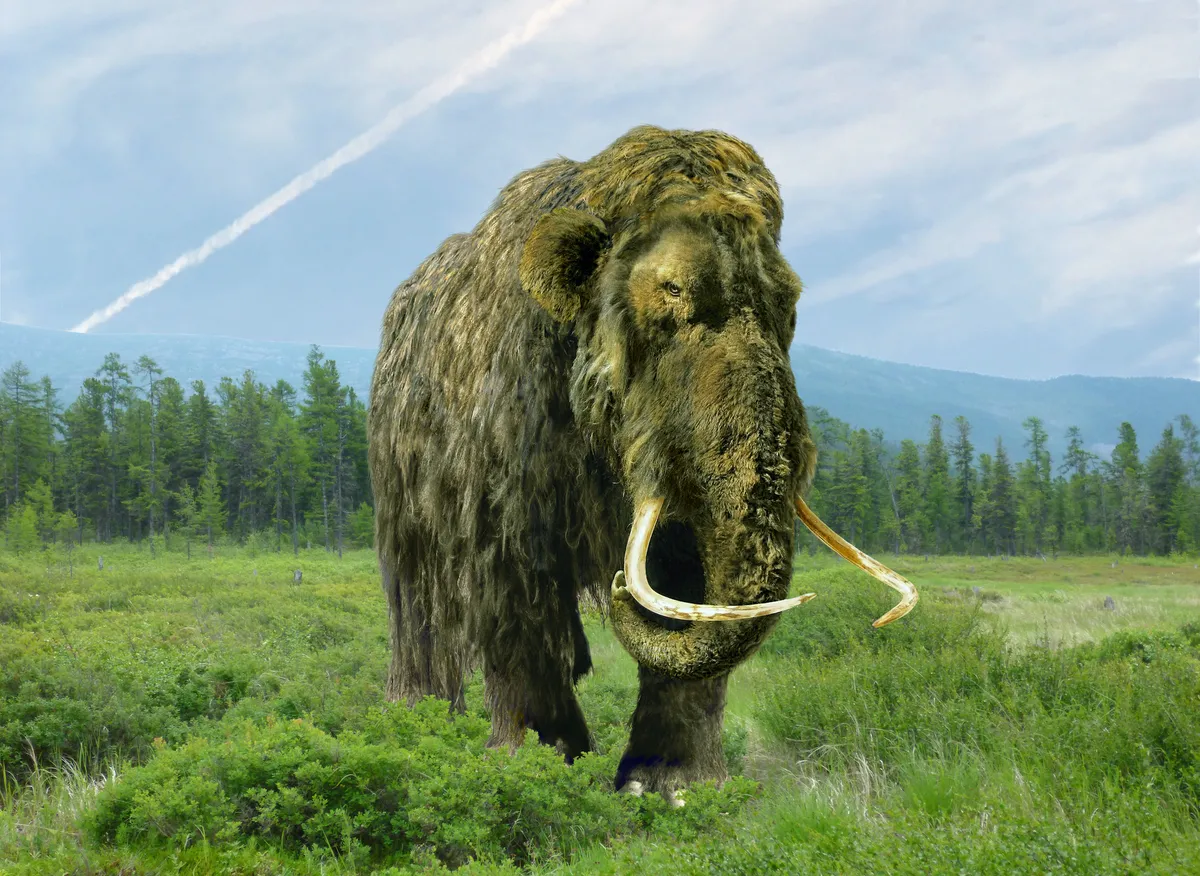Ever since Michael Crichton published Jurassic Park in 1990, people – some of them credible scientists – have been pondering whether it might be possible to turn his science fiction into science fact. Several extinct species have captured the imagination of these de-extinction enthusiasts over the ensuing years, but the woolly mammoth is closer to being resurrected than most.

The abundance of mammoth specimens – some of them so well-preserved that thawing them out yields liquid blood – means that some scientists are hopeful of recovering a viable mammoth cell.
South Korea’s Sooam Biotech claims it would be possible to transfer the nucleus of such a cell to the egg cell from an Asian elephant. The idea would be to implant the resulting embryo – a mammoth clone – into a surrogate elephant to carry it to term. But given that DNA degrades rapidly following the death of an organism, many feel that this purist mammoth is a long shot.
Re-engineering the mammoth
The alternative, which has gained considerable support in recent months, is effectively a hack. In September 2021, software entrepreneur Ben Lamm and Harvard geneticist George Church announced the formation of Colossal, a new company whose landmark de-extinction project is to use cutting-edge gene-editing technology to tweak the DNA of an Asian elephant embryo and make it more mammoth-like.
The aim is to identify more than 50 mammoth characteristics, such as a shaggy coat, small ears, a different haemoglobin and increased fatty tissue, that would allow an Asian elephant to thrive in the ecological space left by the extinction of the woolly mammoth. “We have the DNA, the technology and the leading experts in the field,” they say.

The ethics of mammoth resurrection
But rebooting the mammoth is not without its ethical challenges. Both approaches – cloning from an intact mammoth nucleus or editing the genome of an elephant to make it more mammoth- like – would require using Asian elephants to supply eggs and act as surrogate females. The birth of a baby mammoth would raise still more animal welfare concerns. Any resurrected mammoths would most likely be transported to the Arctic, released into the tundra and watched from afar, but how well would they fit into an ecosystem that has been without its dominant herbivore for thousands of years?
